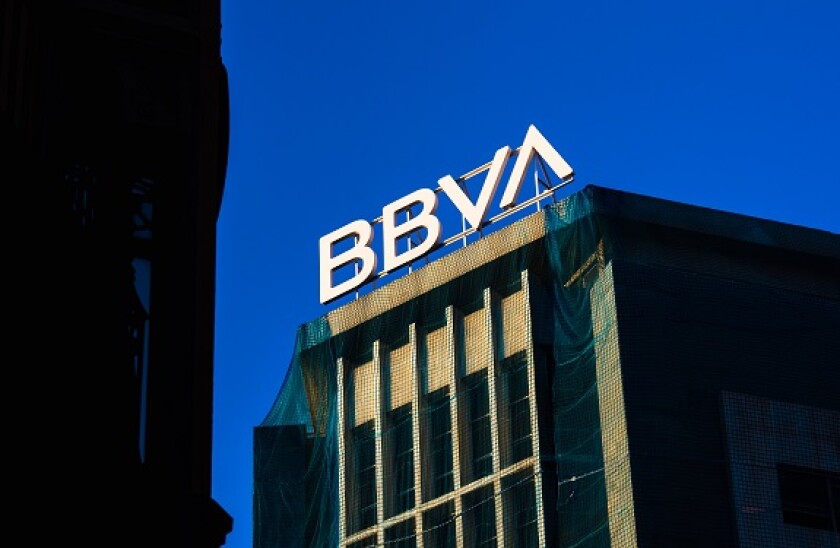Public sector issuers are talking about the concept of issuing sustainable commercial paper at ultra-short maturities, with signs that investors are interested. While one, Germany’s NRW.Bank, is considering issuing the stuff, and some other private sectors issuers have already used the format, other market participants are not so sure.
A common objection is that that eligible projects would be much longer-term than the debt itself.
At the other end of the spectrum, BBVA issued a green additional tier one (AT1) bond on Tuesday. An AT1 is a perpetual bond with a call so it can remain outstanding forever, although most are called at the first call date (in BBVA’s case, that will be January 2026).
BBVA will make sure that, for as long as the bond is outstanding, it will have green assets to match against it. The Spanish bank is not the first company to issue a potentially perpetual sustainability-themed bond, but it is a new enough concept to garner attention.
Green bonds have become a big PR win for the finance industry in recent years, as they are branded as financing the sustainable projects that environmentalists are crying out for. This relates to the objection of those market participants about short-dated funding.
But this isn’t the full picture: longer duration green bonds often only fund projects in a very indirect sense anyway. In the case of banks, green liabilities tend to be matched against pre-existing green assets: a pool of green loans and mortgages. If BBVA had not been able to launch its bond on Tuesday, its eligible pool of assets would not suddenly disappear.
A similar debate for non-financial corporates relates to whether such bonds can finance operating expenditure rather than capital expenditure.
The wooliness in the sustainable bond concept is not necessarily a bad thing. In the case of banks, maturity transformation is just part of the business model. And if the concept of matching perpetual green funding instruments to particular assets takes off, it would ensure a constant pipeline of eligible projects are financed.
In the case of corporates, it is not clear why financing a wind farm (capex) is inherently more valuable than financing the purchase of Fairtrade goods (opex), as a sustainability bond issued by the Co-operative Group was earmarked to do.
As the sustainable debt market expands, encompassing bonds that do not link to use of proceeds at all, such as transition bonds and sustainability-linked bonds, it will continue to pose these philosophical questions.
Many sustainability-themed bonds finance nothing that would not be financed anyway, and others are issued by companies with rather dubious environmental qualities. But the existence of the market as a whole helps to demarcate socially useful financing, and pushes forward necessary conversations.
In that sense, returning to the maturity issue, incorporating the money markets through ultra short-dated debt, and more risk-friendly investors through AT1s, is probably beneficial.
